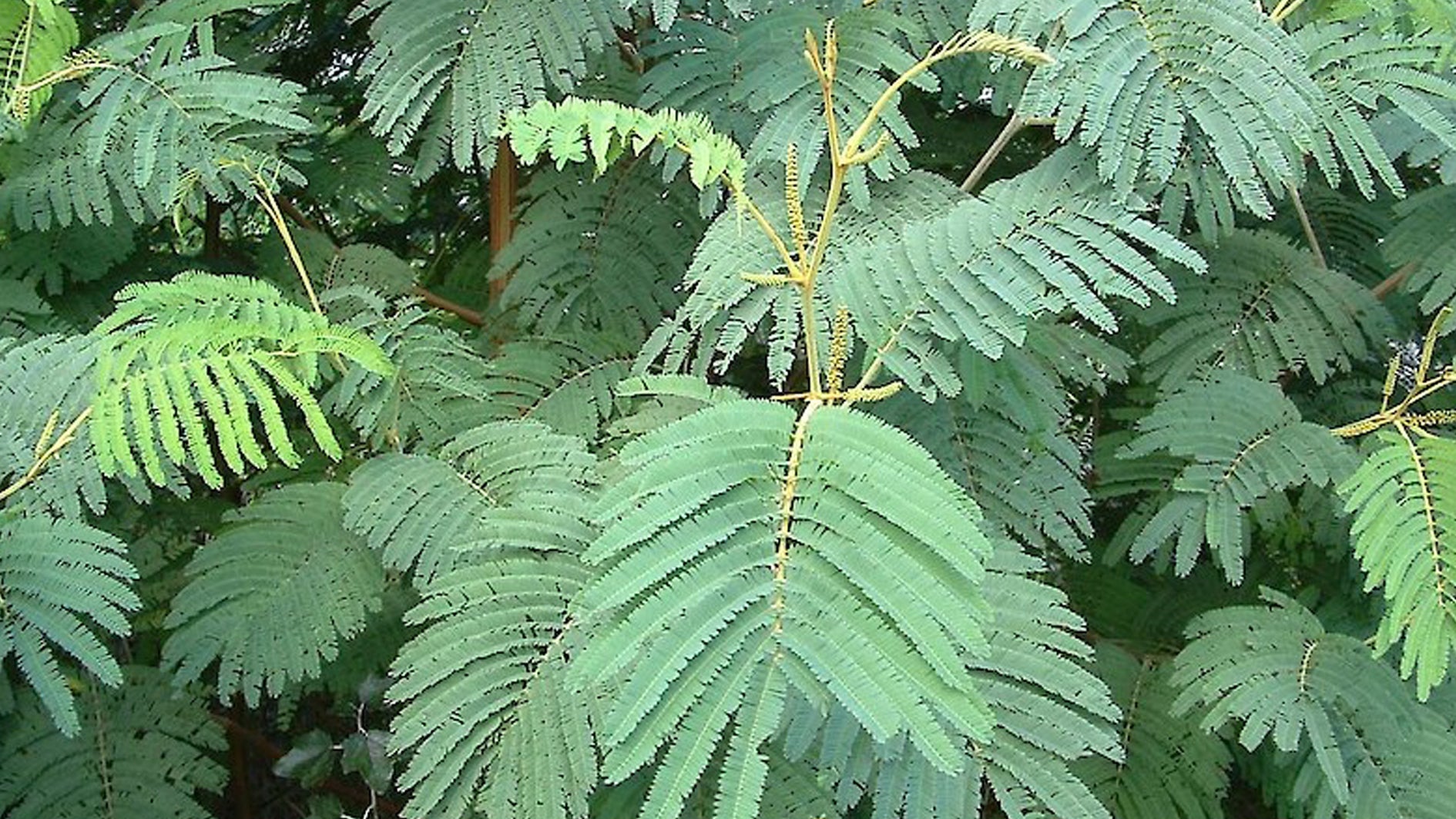
Brush Wattle
28 Sep, 2021
With its long-lived seeds and high toleration to poor soils, salt, wind and drought, the brush wattle tends to pop up in shrubland, urban areas, dirt banks and any other bare land.
This is a short-lived tree that grows up to 10m tall. With small branches of feathered leaves, 20-30cm long in maturity, it bares tiny yellow-green flowers that grow together to resemble a bottlebrush between May and August. The seed pods are green to brown and contain pungent smelling seeds.
This weed is less common in areas with other tree/shrub species of similar height. Maintaining native ground cover is also advised to help control seedling growth.
Physical Control
Dig or pull out seedlings when they are small all year round. Cut down wattle trees and then any regrowth that may occur.
Other treatment
Option 1
Cut back to a stump and immediately apply Cut ‘N’ Paste Metgel onto the fresh cut, the sooner this is done the more affect it will have. Multiple applications may be necessary as regrowth may occur.
Take care when applying near desirable plants as they may be affected by the Metgel as it can be dispersed through the surrounding soil.
Option 2
Cut back to stump and paint the stump with Woody Weedkiller. Spray any weakened new growth with Woody Weedkiller if necessary. However, care should be taken as neighbouring desirable plants may also be affected.